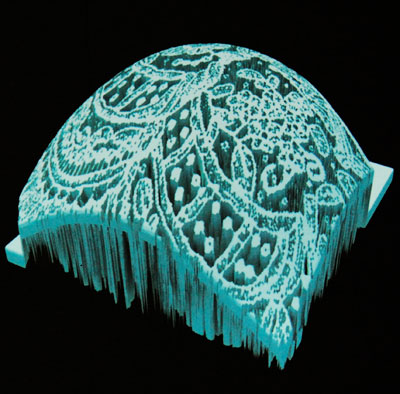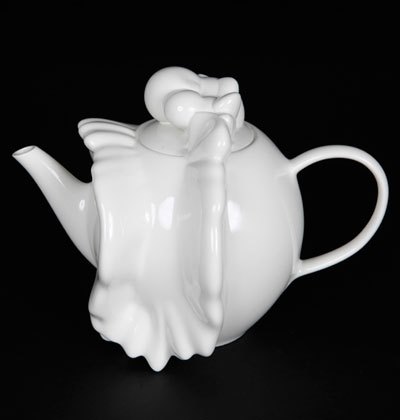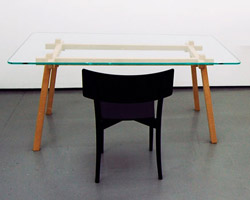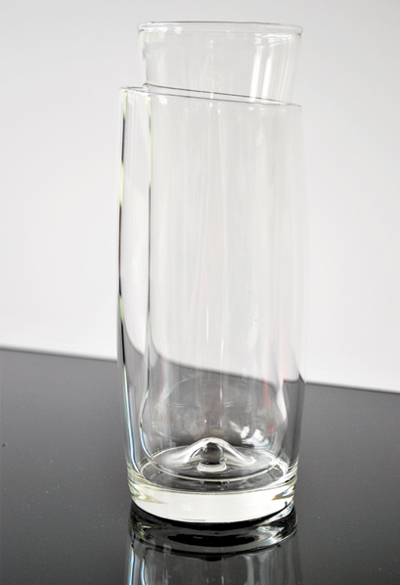KEEP UP WITH OUR DAILY AND WEEKLY NEWSLETTERS
PRODUCT LIBRARY
watch our livestream talk with BMW Design at 19:15 CEST on monday 15 april, featuring alice rawsthorn and holger hampf in conversation.
connections: +300
the solo show features five collections, each inspired by a natural and often overlooked occurence, like pond dipping and cloud formations.
discover our guide to milan design week 2024, the week in the calendar where the design world converges on the italian city.
connections: 30
'despite dealing with health-related setbacks, gaetano remained positive, playful and ever curious,' pesce's team said in a post confirming his death.
connections: +130
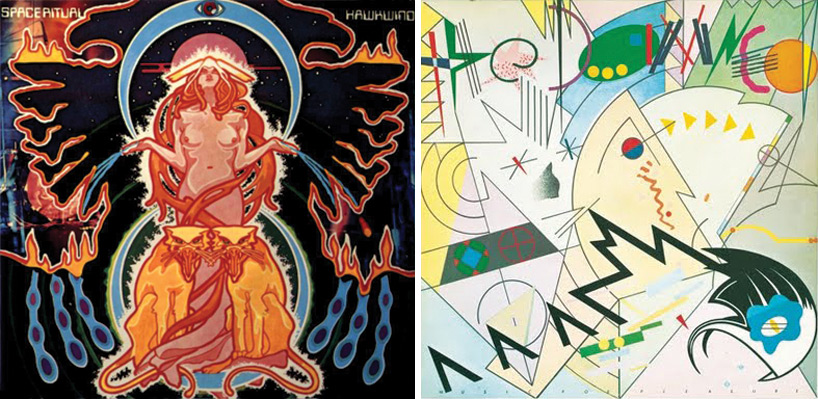
 the entrance displays selected ephemera: adverts, badges, music press ads, stickers etc. images courtesy of
the entrance displays selected ephemera: adverts, badges, music press ads, stickers etc. images courtesy of 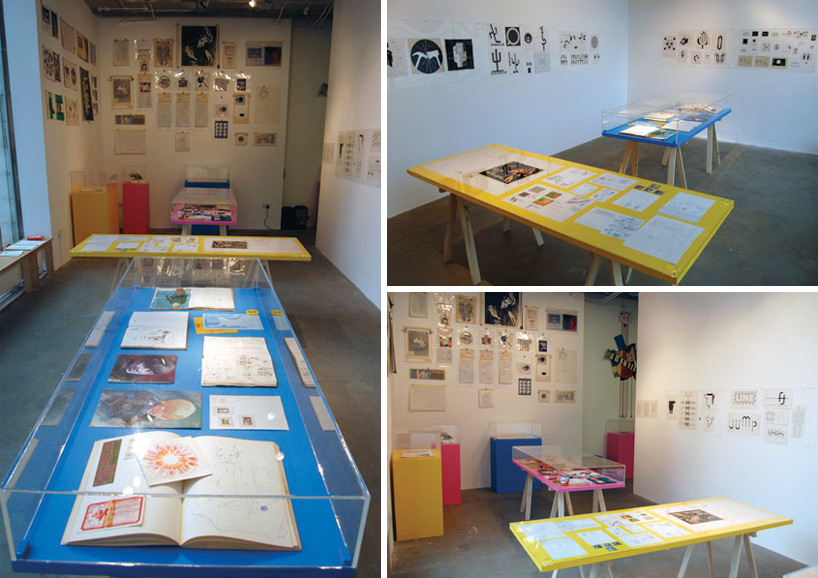 main space images courtesy of donald smith
main space images courtesy of donald smith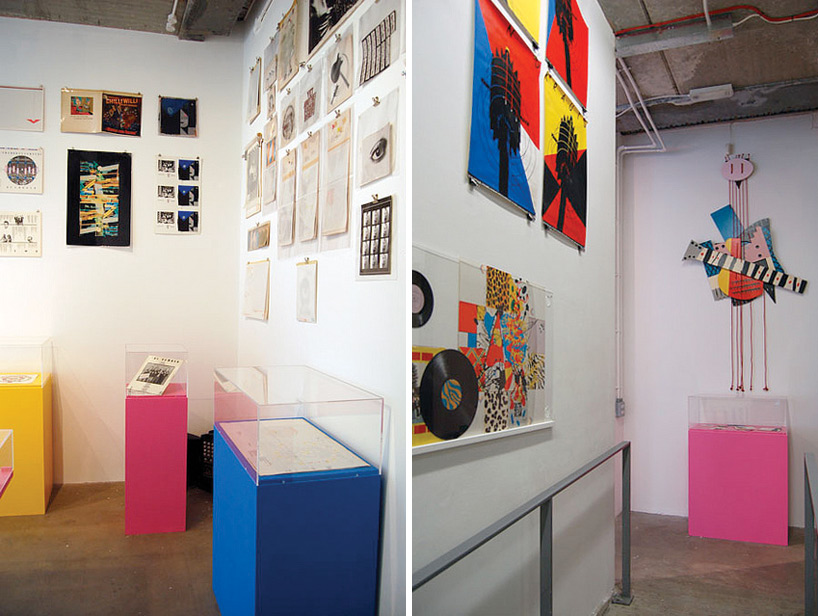 work is displayed on colorful plinths reminiscent of barney bubbles’ bold colorful style images courtesy of donald smith
work is displayed on colorful plinths reminiscent of barney bubbles’ bold colorful style images courtesy of donald smith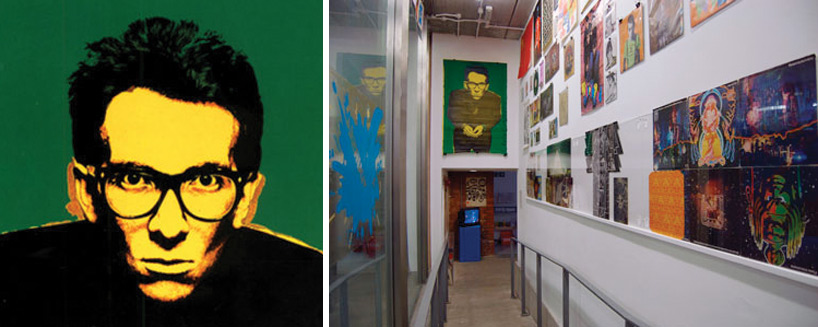 ‘face off’ conducted by elvis costello and view of exhibition’s ramp space left image courtesy of donald smith
‘face off’ conducted by elvis costello and view of exhibition’s ramp space left image courtesy of donald smith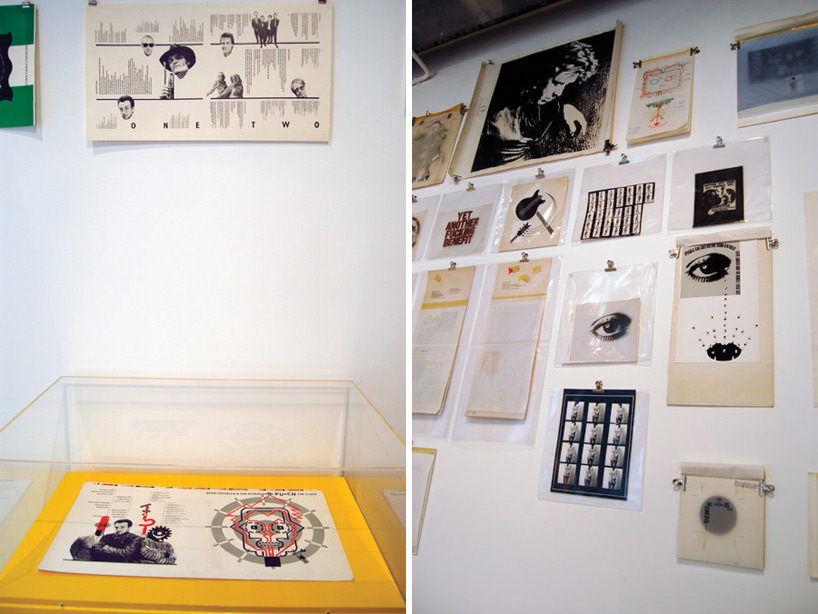 images courtesy of donald smith
images courtesy of donald smith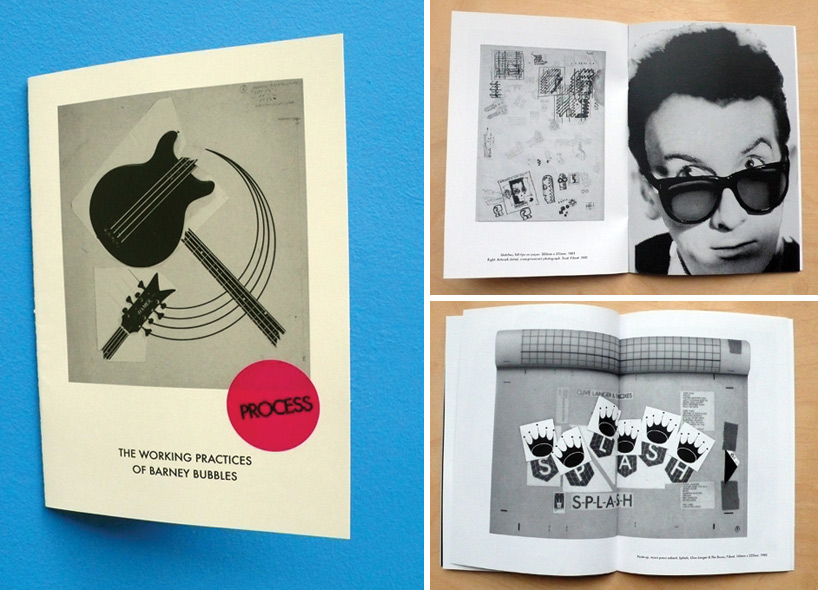 exhibition catalog and sample spreads image courtesy of donald smith
exhibition catalog and sample spreads image courtesy of donald smith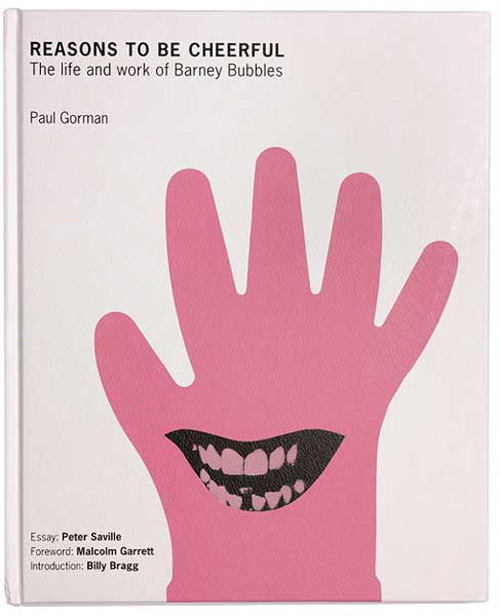 barney bubbles monograph by paul gorman
barney bubbles monograph by paul gorman